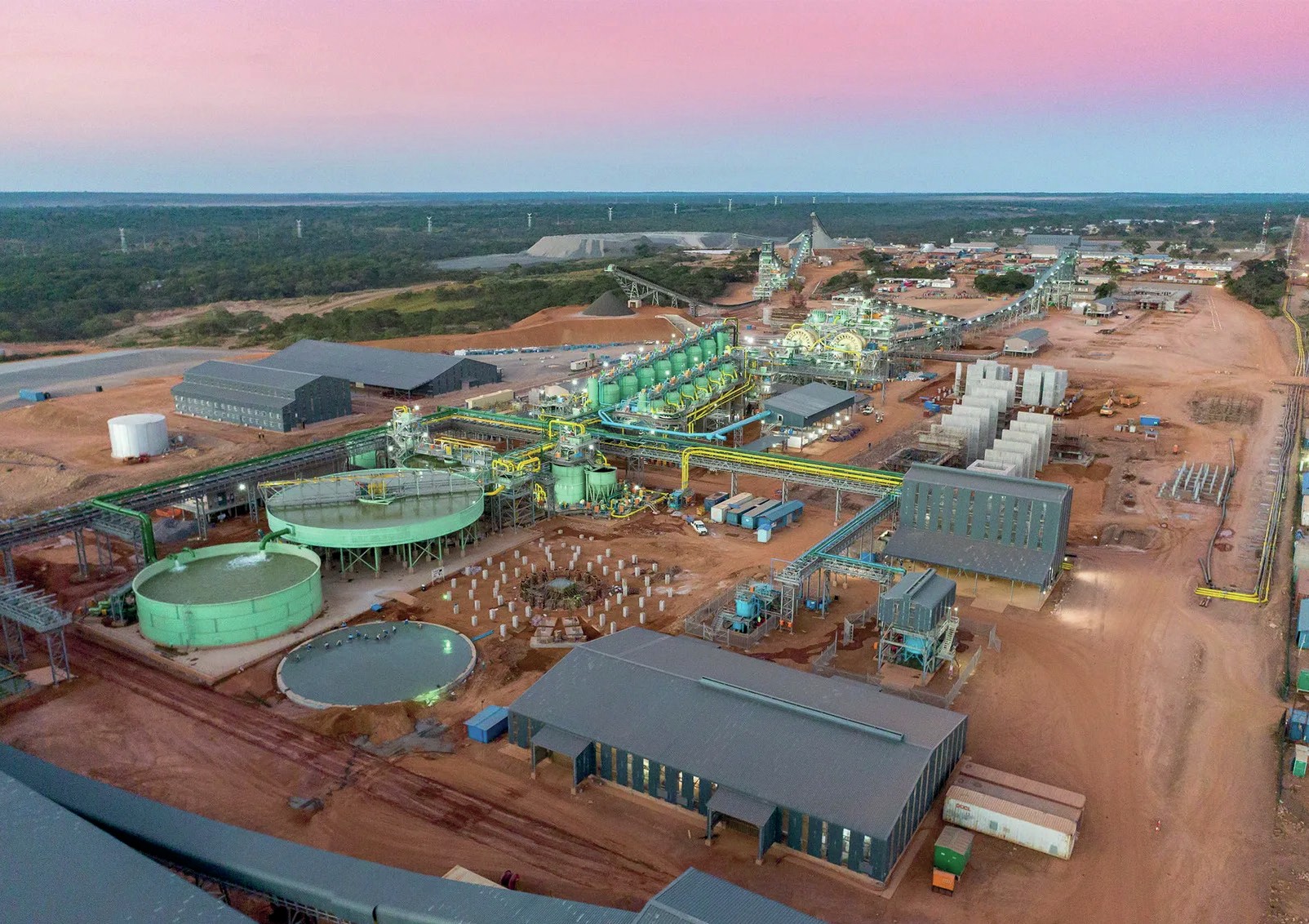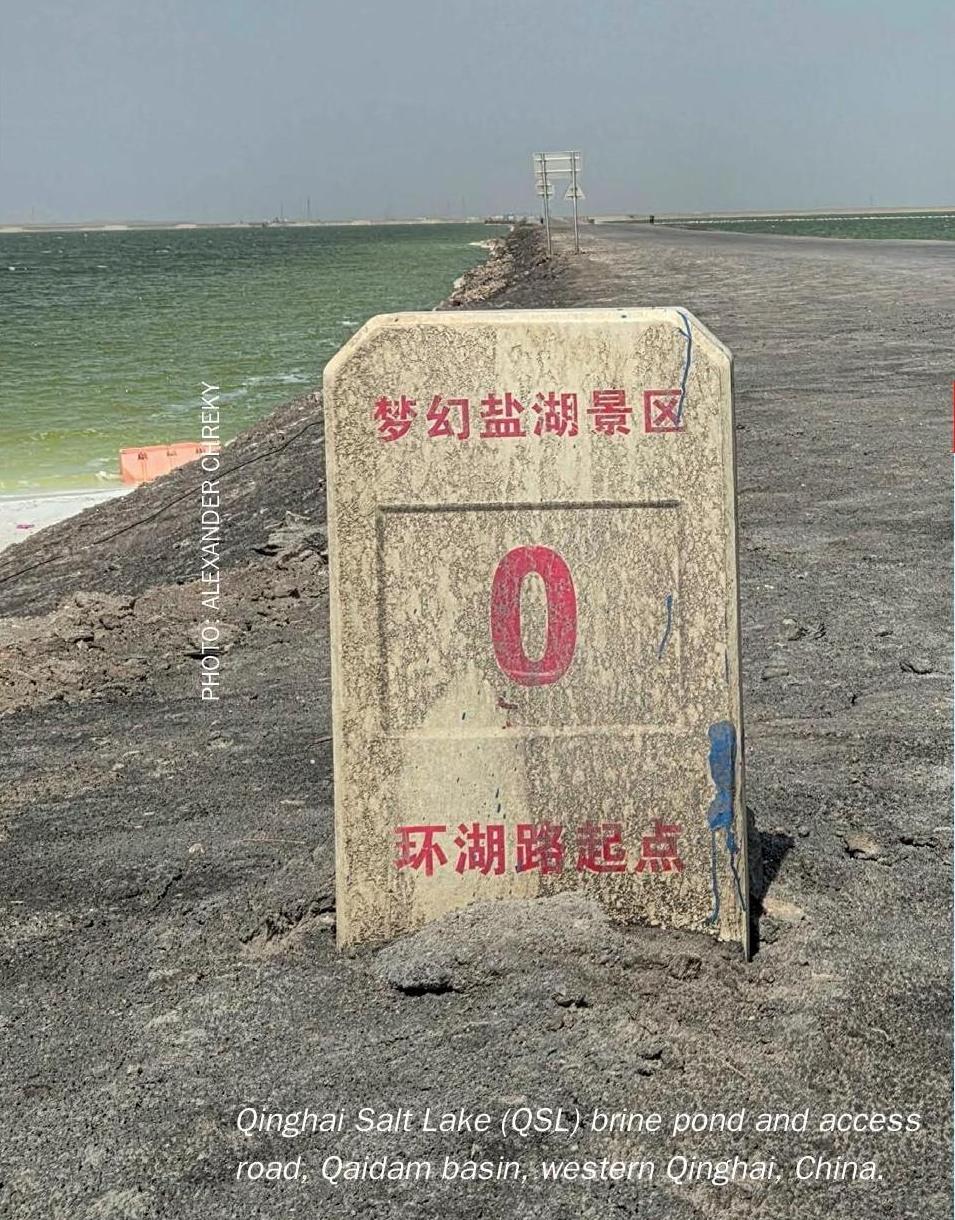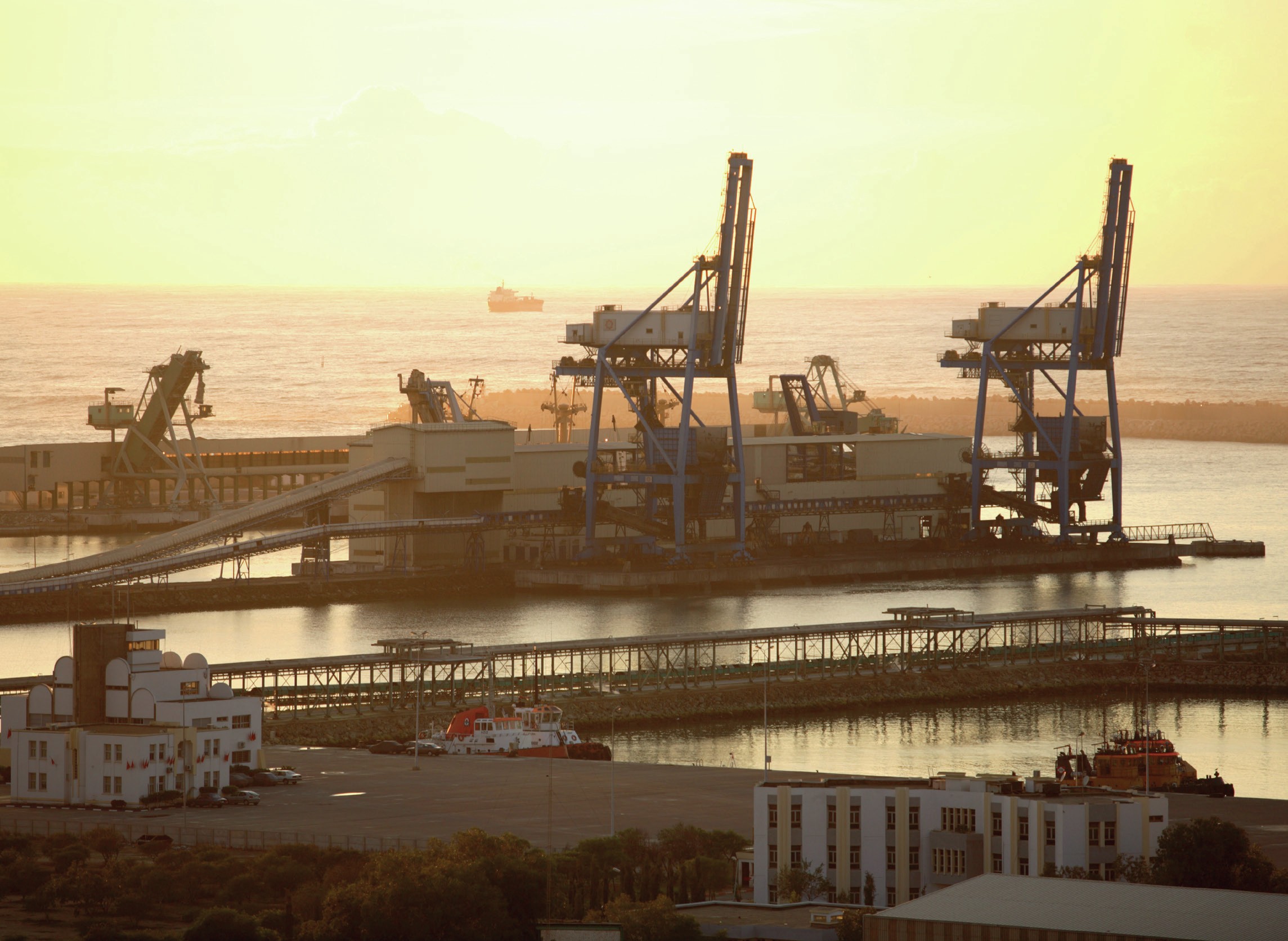Nitrogen+Syngas 396 Jul-Aug 2025

21 July 2025
Egypt tries to fill gas shortage with LNG
Egypt is looking towards hugely increased LNG imports to try and reduce domestic shortages. A second floating regasification and storage unit arrived in May and two more are expected to be in place soon. Reuters reports that the country has reached agreements with energy firms and trading houses to buy 150 to 160 cargoes of liquefied natural gas, as it ramps up purchases to meet power demands despite strained government finances, representing up to 8 million t/a of LNG. Egypt has already bought 2.25 million tons of LNG this year, almost as much as it imported for the whole of 2024.






